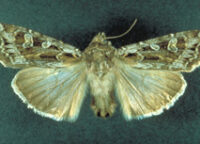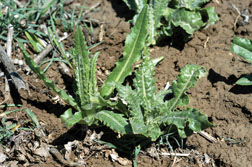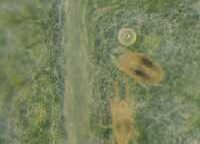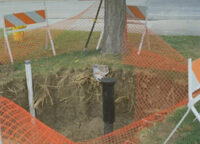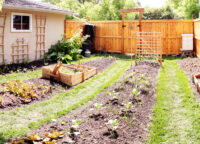- 08, 07, 2015
- No Comments.
- By
Miller Moths – 5.597
Print this fact sheet by W.S. Cranshaw* (7/14) Quick Facts… The ‘miller moth,’ common in Colorado and adjacent states, is the adult stage of the army cutworm. The caterpillar stage of the army cutworm feeds on crops and garden plants in winter and early spring. The adult form of the army cutworm feeds on nectar […]
Take a Tour- 08, 06, 2015
- No Comments.
- By
Conifer Seed Bugs – 5.588
Print this fact sheet by W.S. Cranshaw* (7/14) Quick Facts… Conifer seed bugs are a common fall and winter nuisance in Colorado homes. They develop on seeds of various plants, particularly pines. They have a somewhat bizarre appearance and may produce a piney defensive odor when disturbed. However, they are harmless to people and do […]
Take a Tour- 08, 03, 2015
- No Comments.
- By admin
Diffuse and Spotted Knapweed – 3.110
Print this fact sheet by K.G. Beck * (11/13) Quick Facts… Diffuse knapweed is a shortlived, non-creeping perennial, a biennial, or occasionally an annual that reproduces and spreads solely from seed. Spotted knapweed is a shortlived, non-creeping perennial that reproduces from seed and forms a new shoot each year from a taproot. Diffuse and spotted […]
Take a Tour- 08, 03, 2015
- No Comments.
- By admin
Weed Management for Small Rural Acreages – 3.106
Print this fact sheet by K.G. Beck * (Revised 12/13) Quick Facts… Prevention, eradication, and control are three general management strategies. Prevention is the first line of defense to keep weeds from occurring or increasing. Eradication is the removal of weeds from an area so they will not recur unless reintroduced. Control reduces a weed […]
Take a Tour- 07, 29, 2015
- No Comments.
- By
Spider Mites – 5.507
Print this fact sheet by W.S. Cranshaw and D.C. Sclar* (7/14) Quick Facts… Spider mites are common plant pests. Symptoms of injury include flecking, discoloration (bronzing) and scorching of leaves. Injury can lead to leaf loss and even plant death. Natural enemies include small lady beetles, predatory mites, minute pirate bugs, big-eyed bugs and predatory […]
Take a Tour- 07, 27, 2015
- No Comments.
- By
Managing Houseplant Pests – 5.595
Print this fact sheet by W.S. Cranshaw * (6/13) Quick Facts… Many houseplant insect problems are introduced by infested plants. Carefully check plants before purchasing and quarantine them in a separate area for a few weeks to avoid introducing new pest problems. Changes in cultural practices can help control many houseplant insects, such as fungus […]
Take a Tour- 07, 17, 2015
- No Comments.
- By admin
Protecting Trees During Construction – 7.420
Print this fact sheet by C. Dennis and W.R. Jacobi* (8/20) Revised by E. Hammond** Quick Facts… Soil compaction and grade changes adversely affect tree root health, and can lead to branch dieback and tree death. Prior to starting construction activities, evaluate existing trees in the area to see if preservation is worthwhile and feasible. […]
Take a Tour- 07, 09, 2015
- No Comments.
- By
Environmental Disorders of Woody Plants – 2.932
Print this fact sheet by C.E. Swift, W.R. Jacobi, M. Schomaker and D.A. Leatherman * (8/20) Revised by E. Hammond** Quick Facts… Sunscald occurs during cold, bright days in midwinter. It occurs more frequently on thin-barked trees. Wrap trees in winter to help prevent sunscald. Drought and overwatering injuries occur in deciduous and evergreen trees. […]
Take a Tour- 05, 01, 2015
- No Comments.
- By admin
Yard & Garden
The average elevation in the state is above 6,800 feet; high intensity sunlight and generally low humidity, rapid and extreme weather fluctuations and diverse soil conditions all combine to challenge Colorado gardeners. We have the resources to help you be successful. Topics in this section include: Gardening Basics, Diseases, Flowers, Fruits & Vegetables, GardenNotes (Master […]
Take a Tour
